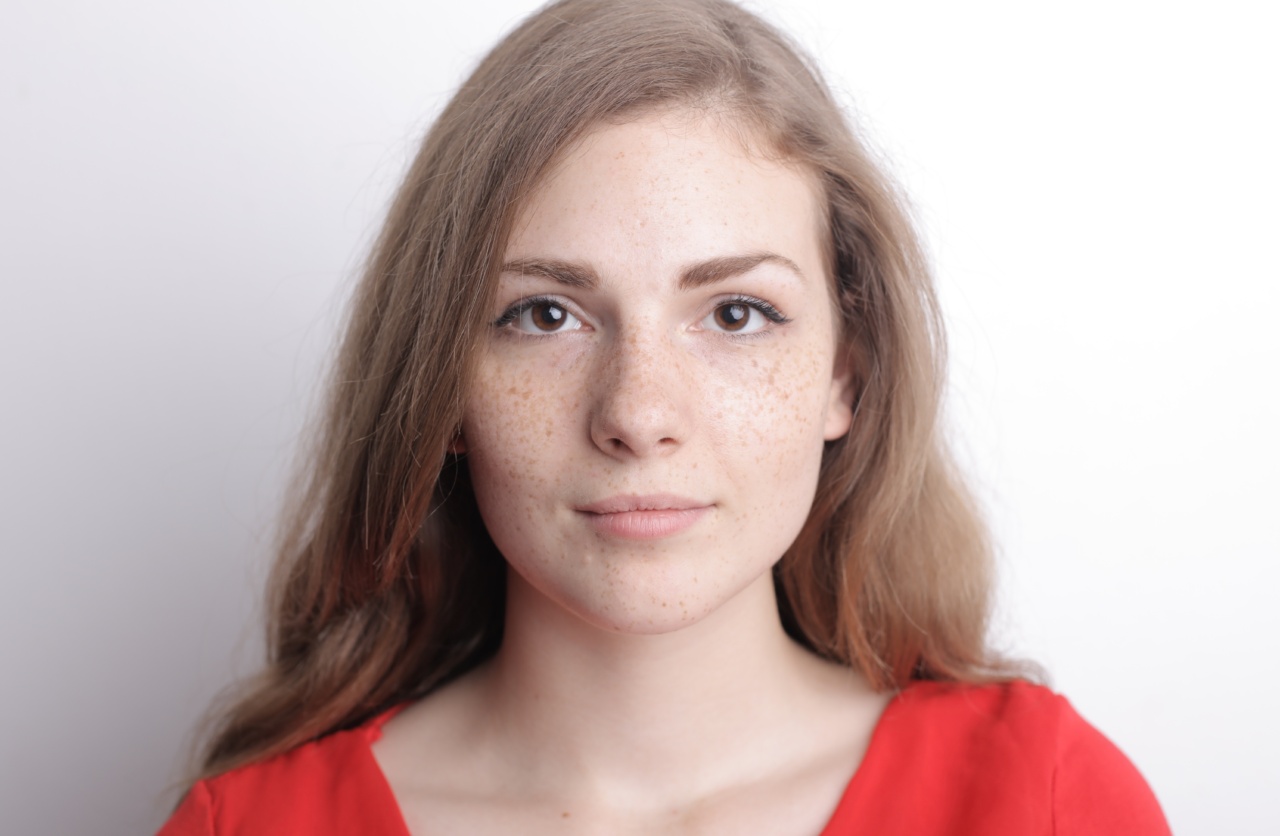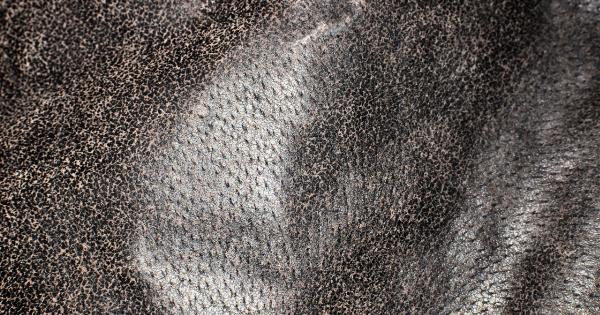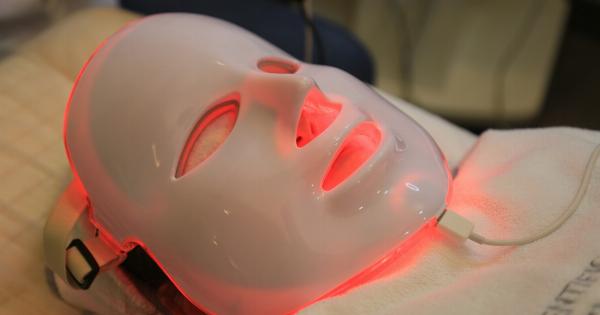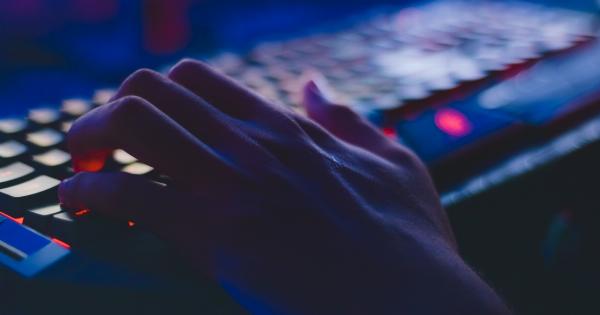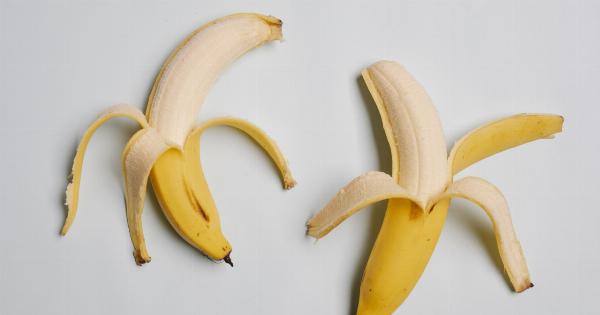Skin is the largest organ in the human body, and it plays an essential role in protecting us from external factors such as bacteria and viruses.
However, our skin is also susceptible to various imperfections such as spots and bumps, which can have a negative impact on our appearance and self-confidence. Fortunately, there are science-based strategies that can help clear up these imperfections and achieve a smooth, healthy-looking complexion.
In this article, we will discuss some of the most effective strategies for clearing spots and bumps on the skin.
Cleanse Your Skin Regularly
One of the most important things you can do to keep your skin clear is to cleanse it regularly. Cleansing your skin helps remove excess oil, dirt, and dead skin cells that can clog your pores and lead to spots and bumps.
When cleansing your skin, it is essential to use a mild, non-irritating cleanser. If you have oily skin, look for a cleanser that contains salicylic acid, as this ingredient can help exfoliate the skin and clear up acne. For sensitive skin, choose a cleanser that is fragrance-free and formulated for sensitive skin.
Exfoliate Your Skin
Exfoliating your skin is another essential step in keeping it clear and healthy. Exfoliation helps remove dead skin cells that can clog pores and cause bumps and spots. There are two types of exfoliation: physical and chemical.
Physical exfoliators, such as scrubs and brushes, work by physically buffing away dead skin cells. Chemical exfoliators, such as alpha-hydroxy acids (AHAs) and beta-hydroxy acids (BHAs), work by dissolving the bonds between dead skin cells and allowing them to be easily removed from the skin.
When choosing an exfoliator, it is important to select one that is appropriate for your skin type and not too harsh, as over-exfoliation can cause damage to the skin.
Treat Acne with Benzoyl Peroxide
If you have acne-prone skin, using a product that contains benzoyl peroxide can be an effective way to clear up spots and bumps. Benzoyl peroxide works by killing the bacteria that cause acne and reducing inflammation in the skin.
It is available in a variety of strengths, so it is important to choose the right concentration for your skin type. Start with a lower concentration and gradually increase it if necessary. However, be aware that benzoyl peroxide can be drying and irritating to the skin, so it is important to use it as directed and moisturize your skin afterward.
Use Retinoids to Promote Skin Cell Turnover
Retinoids are a type of vitamin A derivative, and they are effective at promoting skin cell turnover.
This means they can help clear up spots and bumps by encouraging the shedding of dead skin cells and stimulating the production of new, healthy skin cells. Retinoids are available in both prescription and over-the-counter strengths, and they can be used to treat a variety of skin concerns, including acne, fine lines and wrinkles, and hyperpigmentation.
However, retinoids can be irritating to the skin, so it is important to start with a low strength and use them as directed.
Manage Stress to Reduce Skin Inflammation
Stress can have a significant impact on your skin’s health, and it can lead to inflammation that can cause spots and bumps.
When you are stressed, your body produces hormones such as cortisol, which can increase the production of oil in your skin and cause inflammation. To manage stress, try engaging in activities that help you relax, such as meditation, yoga, or deep breathing exercises.
Additionally, getting enough sleep, eating a healthy diet, and exercising regularly can also help reduce stress levels and promote healthy skin.
Avoid Trigger Foods
What you eat can have a significant impact on your skin’s health, and certain foods can trigger spots and bumps.
Foods that are high in sugar and refined carbohydrates, such as white bread, pasta, and sugary snacks, can cause spikes in blood sugar that can lead to inflammation in the skin. Additionally, dairy products have been linked to acne in some studies, so it may be worth avoiding these if you have acne-prone skin. Instead, focus on eating a healthy diet that is rich in fruits, vegetables, whole grains, and lean protein.
Protect Your Skin from the Sun
The sun’s UV rays can cause damage to your skin, including spots and bumps. To prevent this, it is essential to protect your skin from the sun by wearing protective clothing and using a broad-spectrum sunscreen with an SPF of at least 30.
Additionally, it is important to avoid tanning beds, as they can also cause damage to your skin.
Don’t Pick at Spots and Bumps
Finally, it is essential to resist the urge to pick at spots and bumps on your skin. Picking can cause further irritation and inflammation, and it can also lead to scarring and hyperpigmentation.
Instead, use targeted treatments and wait for the spots and bumps to heal on their own.
Conclusion
Clearing spots and bumps on the skin requires a combination of science-based strategies, including regular cleansing and exfoliating, using targeted treatments, managing stress, and protecting your skin from the sun.
By following these tips, you can achieve a smoother, healthier-looking complexion that you can be proud of.
